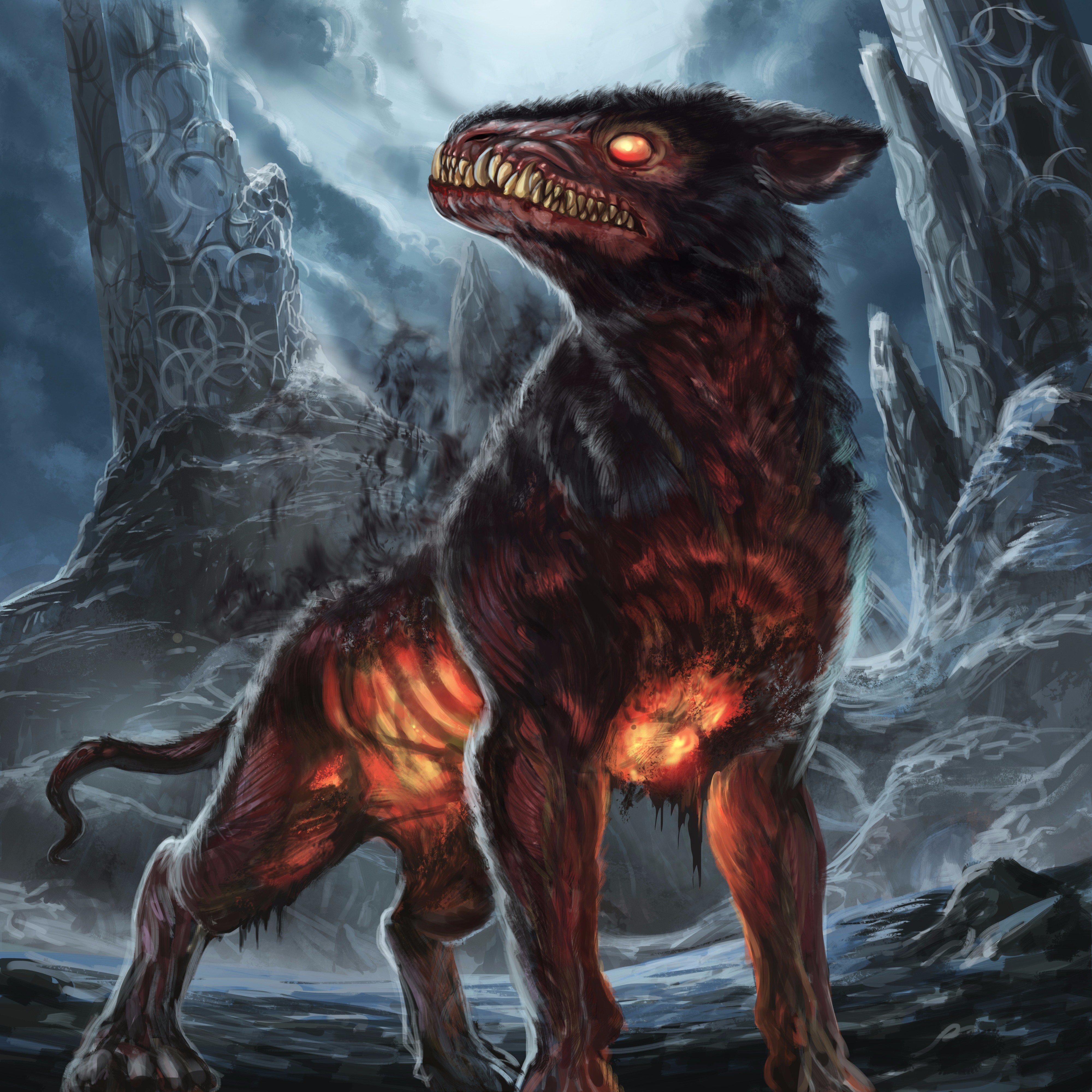canines of the afterlife.
In confronting the grim reality of losing one's dog, the question then arises: Will you see your animal in the Norse afterlife?
 |
| [This entry is dedicated to my American Bully, Buddy Guillermosson. He has a terminal tumor in his lung, so I'm answering the above question for both of us.] |
In the Norse Lore there are canids to be found in Asgard, such as Odin's wolves Geri & Freki, who literally eat for him, so one must specifically suppose this happens at the table in his hall of Valaskjalf, and at the warrior laden tables of Valhǫll, the latter being the most famous of afterlife settings.
 |
| [the top panel of the Gotlandic Tjängvide picture stone's interpreted as Odin arriving outside of Valhalla, and note the dog present in the lower left of the upper panel.] |
The first chosen & other half of these honoured warriors go with Valkyrie leader Freyja to the blessed field of Fólkvangr & welcome hall Sessrúmnir, where Freyja's chariot pulling cats play & reside.
On Midgard, Odin runs The Wild Hunt using hounds he stores in the UK's Wistman's Wood, ferocious hunting dogs that are possibly also of some post-death or supernatural origin given that they also run with The Hunt through the sky.
The above is a modern illustration of Frigg's dog-drawn chariot, though there are no attestations to this chariot, and could just be created to contrast her from Freyja, though if there is a forgotten source for this depiction then these dogs reside in her misty & marshy hall of Fensalir.
Meanwhile in Helheim, the guardian dog Garmr watches at the entry to Hel, possibly both to keep living visitors out and dead residents in.
[Garm art card by concept artist Rod Wong/Rodimus25]
And in Saxo Grammaticus' History Of The Danes, we have an account of Hadding making the journey to the walls of Hel itself guided by a mysterious sorceress who first beheads a rooster and throws the parts over the wall ... only to hear it immediately crow from the other side!
A more family-centric idea of the afterlife is The Hall of the Ancestors for family & chosen family (so pets), possibly reflected in the idea of the familial burial mound/s on one's land, or within a larger land area's sacred mountain, like Helgafell in Iceland.
Also, when we look at the material culture in burial sites, notable efforts had to have been made to include horses in some, a fox, and dog remains have been found in Scandinavian graves more than in any other culture, leading academics to posit that dogs were not only post-mortem useful as working farm animals, or beloved animal companions, but also served as guides to the afterworlds. Animals were also ritually sacrificed, like pigs and horses in the Sagas, animals killed and then placed in bogs, and nine animals of every kind at the Temple at Uppsala.
These post-life totemic companions/guardians/sacrifices would suggest that other canines, pets, and livestock will pass into the respective afterlives to become present & available for their owners and for the Gods they were dedicated to.
I would also speculate that the idea of firmly location-exclusive afterlives is from the post-conversion, so if your hound dies in battle and goes to Valhalla, but you instead end up in Thor's Hall of Bilskirnir for say exemplary service as a power line worker (which would also be where Thor's hammer-resurrected cart pulling goats live), there is probably some inter-area travel guesting, or maybe even transferring to differing afterlives.
The Norse Soul Complex also allows for differing portions of your subtle body to possibly be in multiple locations at once (four to seven depending which model of the Soul Complex you run with [whether animals have our same Soul Complex I've never read, but why wouldn't they?]).
In any case, from all the above I expect your dog will be waiting for you, and that's something of a comfort.


Comments
Post a Comment